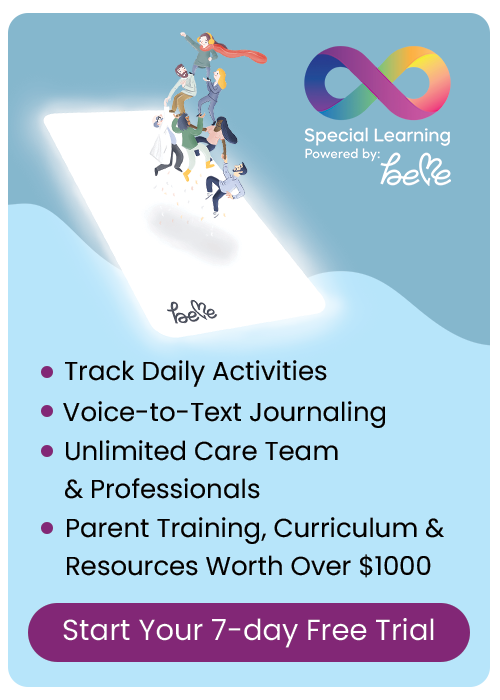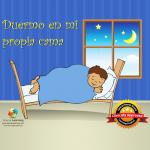Blog Categories
- ADHD
- Applied Behavior Analysis
- Autism Awareness
- Autism Service Providers
- Case Studies
- Dignosis
- Classroom Management
- Credentials
- Ethics
- Family Matters
- FAQs About LIVE Events
- Financial Planning
- Holiday Planning
- IEP's
- Panelists
- Private Equity in Autism & ABA Industry
- Psychopharmacology
- Sensory Processing Disorder
- Speech and Communication
- Subject Matter Experts
- Summer Planning
- Transition Planning
Planning a summer of educational, therapeutic activities for children with ASD
educational products, web-based and downloadable tools and professional services to empower parents, teachers and providers so that they can help individuals with autism move up the skills spectrum intuitively, successfully and affordably.
Planning a summer of educational, therapeutic activities for children with ASD
Summer is a beloved time of year, often longed for and anxiously awaited by kids and adults alike. Longer days, free time, water, sun and the sand: what’s not to like? However, when the daily routine of the school year is suspended for the summer, parents of children with Autism Spectrum Disorder (ASD) are tasked with finding some structure to the days until school rolls around again.
According to the Autism Society, “Most professionals agree that school-age children with autism respond well to highly structured, specialized education programs designed to meet individual needs.” In that same breath, this type of structure, routine and predictability is equally necessary for a less stressful, more educational summer. Taking that into consideration, summer itinerary planning for kids with ASD becomes that much more important.
While planning summer activities may seem like such an easy, non-threatening task to most people, there are many factors that parents of children with ASD have to consider. It’s not as simple as, Day one: Go to the waterpark; Day two: Go to the local jubilee; Day three: Attend a bounce house birthday party; Day four: Go to the movies and the park. There is a lot more structure, routine and complete awareness of the atmosphere you’re exposing the child to.
Before diving into your plans for a successful summer with your child, take these tips into consideration:
- Have a mixture of indoor and outdoor activities planned. With the climate heating up, it’s best to have your days planned for the temperature changes. For instance, if possible, plan outdoor activities during the morning, and bring the learning and fun indoors once the temperatures no longer allow for comfortable outdoor time.
- Remember to plan time spent with a babysitter or caregiver. Just because it is summer doesn’t mean you’re going to be able to be around all of the time. There will be situations where you have to be away and your child will still need the structure in place to keep his/her day going. Plan activities that are easily doable for your stand-in – don’t give them the activities you think will be questionable or too labor intensive.
- Be aware that playgrounds and water parks can sometimes cause sensory overload. Yes, they’re typically a good staple for summer activities, but they’re often crowded and hectic, and that isn’t always the best environment for children with ASD. Also, according to the National Autism Association and a 2012 study in Pediatrics, “49% of children with ASD have a tendency to wander or bolt from safe settings. Individuals with ASD are often attracted to water, yet have little to no sense of danger. Drowning is a leading cause of death in children with ASD.” To figure out the peak times, do some reconnaissance and then plan your trips accordingly.
To offer a few ideas for activities that will make summer plans a little more feasible, two veteran teachers with experience in special education and inclusion programs and a member of therapy team for an adolescent with ASD offer suggestions for appropriate summer activities.
Reading, reading, and more reading
There is not a teacher out there that would not stress the importance of a summer reading program for all school-aged children. “It is the responsibility of the students and the parents to maintain the continuity from the end of the school year to the beginning of the next school year by actively reading over the summer,” said recently-retired elementary teacher, Carla Ragland.
Daily reading “assignments” and journal entries about the stories read are solid staples to have in any summer plan. For children with ASD, it’s good to focus on the subject(s) that interest them most and plan enough outlets to last for the summer. Now, this takes a little more work on the part of the parents, but in the end it’s helpful for your child’s educational growth, so it’s worth it.
Quick tip: Be sure to check your local library’s website or bulletin board for a schedule of summer reading classes, groups or book signing events. Call ahead to make sure they have a section that fits your child’s interests, age group or even special education classes.
Activities with animals – Day camps with horses, or visiting a stable/riding center
“Many children with ASD find it difficult to connect to others,” said Ragland. “They tend to be more self-involved because it is a constant they can control.” A good activity to help bridge this connection gap is getting the child involved with animals, especially horses.
By being able to touch and interact with horses helps these children develop connection with something other than themselves. According to the Autism Spectrum Disorder Foundation, “Rather than verbal communication, autistic children experience physical communication with the horses. They brush them, hug them, and pat them. By learning to care for the horse, they associate the care they provide with feelings and an emotional bridge is constructed. This bond can lead to social and communication skill production with other people in his life as well.”
- Plant a Seed
Even as adults, we know how therapeutic gardening can be. The same is true for children on the autism spectrum. Therefore, a good summer activity is planting a seed with your child. This allows them to get in touch with nature, assuages their fixation tendencies by giving them the opportunity watch the seed grow from the very beginning. You can work with them to document the growth each day and instruct them to research and learn more about the entire process.
While you want to limit iPad and other screen time, it’s easy to find videos and educational podcasts discussing and covering the germination process. Plan some time for you to spend watching with them (family movies that tie into the process, or just interesting YouTube channels or educational podcasts).
These are just a few ideas to get you started with your successful summer plan, but let us leave you with this piece of advice from 20-year teaching veteran, Chasity Collard Mixon: “It’s important to remember to include an academic component every day along with a mix of games, art and music activities – activities that promote speech therapy, social skill development, general education or sensory integration, all within a structured behavior program.” Definitely a tall order, but totally doable.




